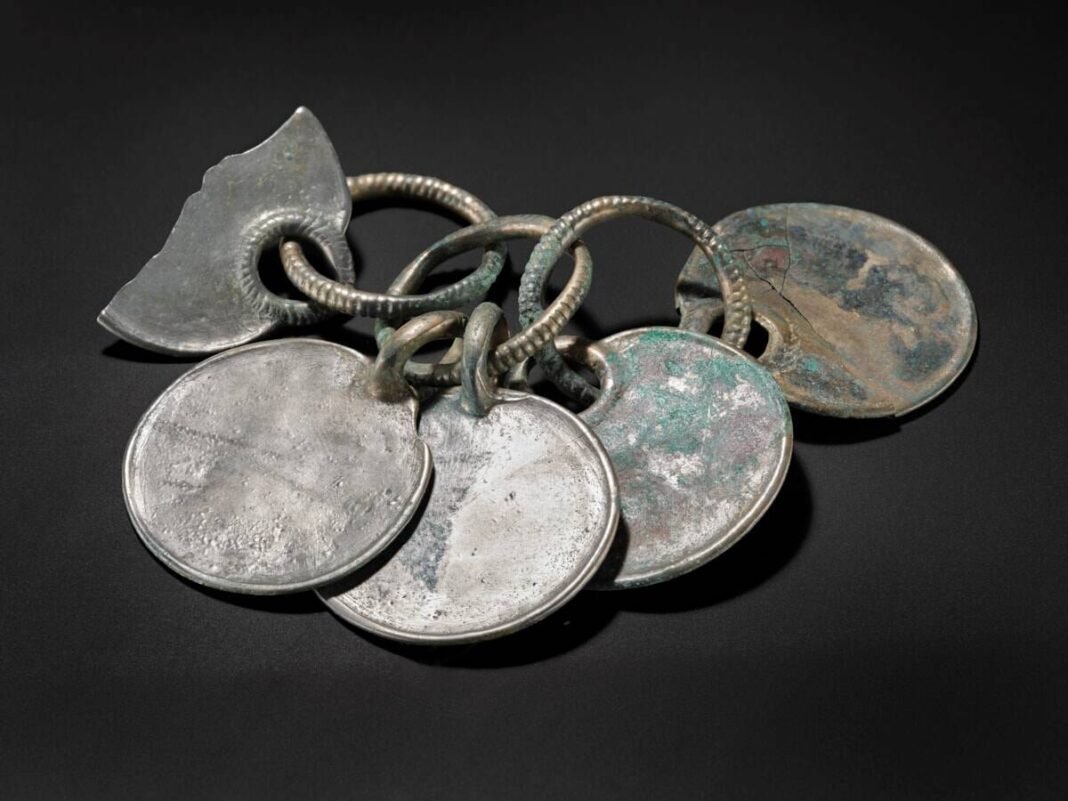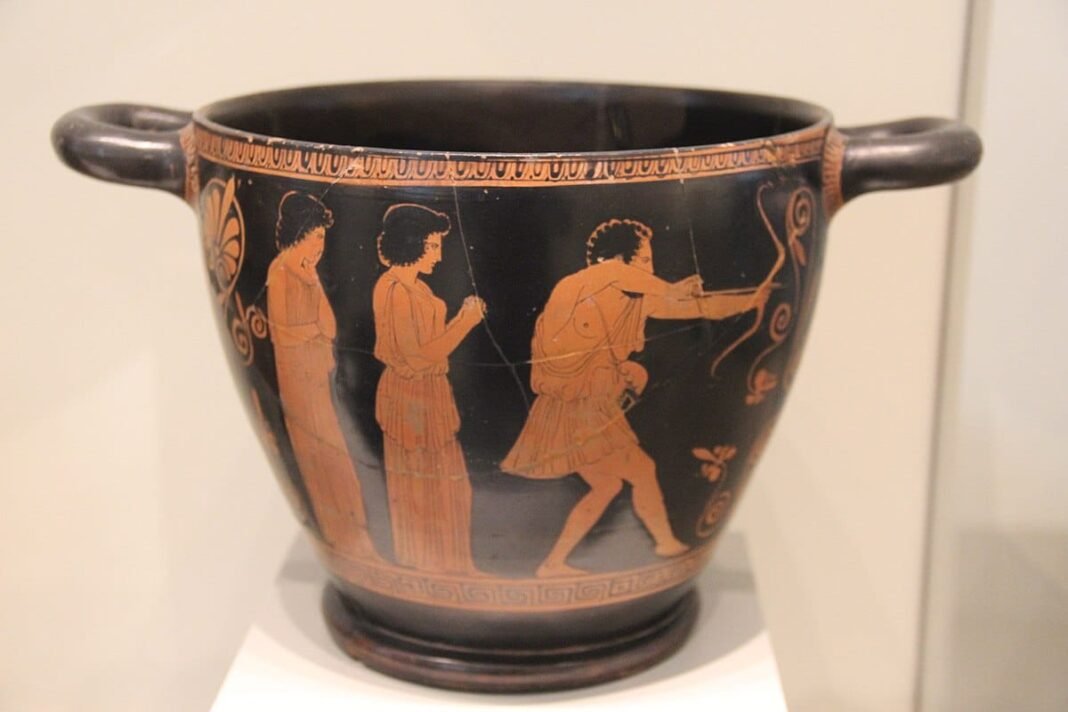
Archaeologists in Scotland have recently uncovered an extraordinary Bronze Age hoard that reveals craft previously unknown to history. The Peebles Hoard, buried for over 3,000 years, contains silver-colored artifacts that challenge long-held ideas about Bronze Age technology. Now, scientific analysis at the National Museums Collection Centre has revealed the key to this enigma.
Discovered in 2020 by metal detectorist Mariusz Stepien in the Scottish Borders, the hoard was later acquired by National Museums Scotland (NMS) through the Treasure Trove process. Dating between 1000 and 800 B.C., it is considered one of the most significant archaeological finds ever made in the country.
Rare silver-colored artifacts from a golden era
The collection includes more than 500 bronze and organic objects — ornaments, horse harness fittings, and tools — many without archaeological parallels. Bronze, an alloy of copper and tin, typically has a golden tone. But conservation revealed something remarkable: several artifacts appear silver.

Silver was unknown in the Bronze Age, making the find especially rare. Analysis at the National Museums Collection Centre in Edinburgh showed that the color came from high levels of tin on the surface. Researchers believe this was achieved intentionally through a complex enrichment process developed by highly skilled craftspeople.
“The Peebles Hoard is truly a one-of-a-kind discovery,” said Dr. Matthew Knight, senior curator of prehistory at NMS. “I have never seen anything like the stunning, silver-colored finish of these Bronze Age objects. They almost glow.”
A glimpse into ancient innovation
The hoard was excavated in a single block and carefully studied under laboratory conditions to protect its fragile components. When first uncovered, the artifacts were coated in soil, and a green copper patina formed by oxidation over millennia.

Months of conservation work have gradually revealed the objects’ original brilliance. Conservator Bethan Bryan described the moment the metal’s lustre emerged as “magical, a secret revealed after 3,000 years.”
“Working on the conservation of the Peebles Hoard is a rare privilege and definitely a career highpoint,” Bryan said. “As well as removing dirt and corrosion, it is essential that we preserve as much precious organic material as possible for future research.”
Continuing the preservation
Experts estimate it will take three years to complete the conservation process. Some objects are believed to have decorated a horse or wooden vehicle, their tin-rich surfaces symbolising status and wealth.
Dr. Knight said the project’s progress has relied on support from donors. “Thanks to the generous support of our donors we are making significant progress.
“However, there is more to be done to prevent further deterioration of these fragile objects and continue our research to uncover more of the hoard’s secrets,” he said.
The conservation and research are supported by The Leche Trust, the Pilgrim Trust, and several private trusts and individual donors.

